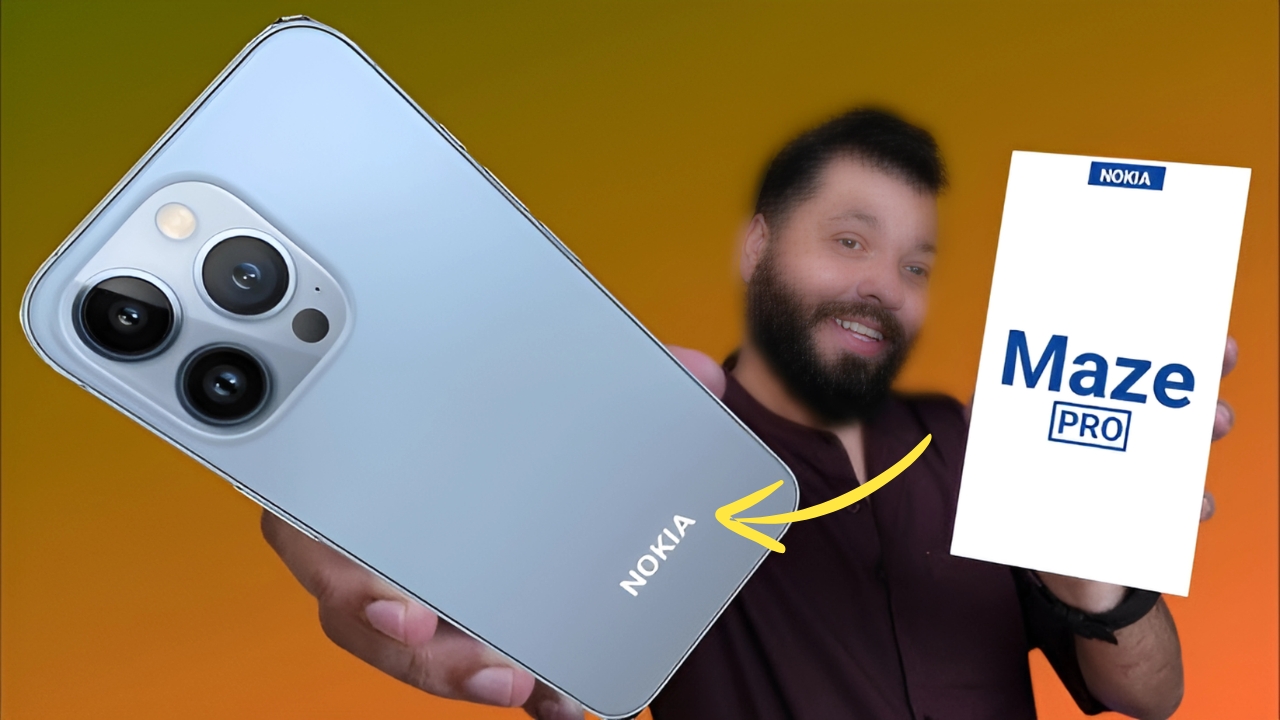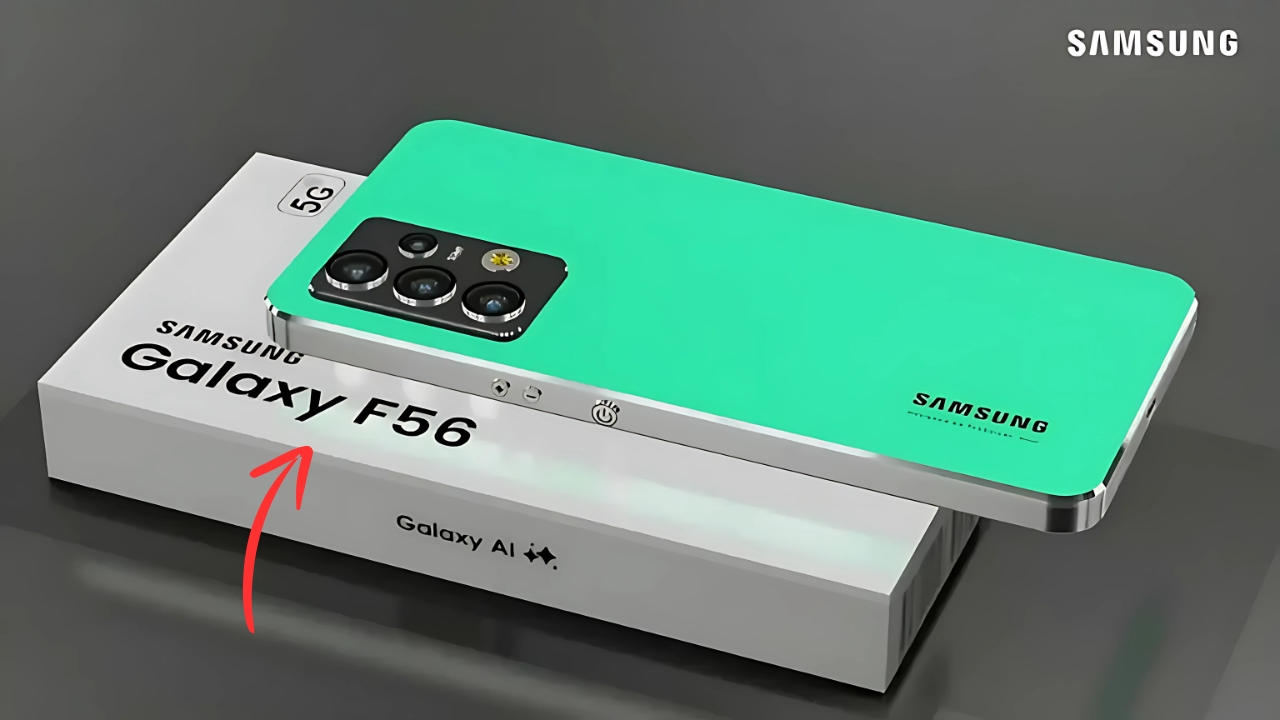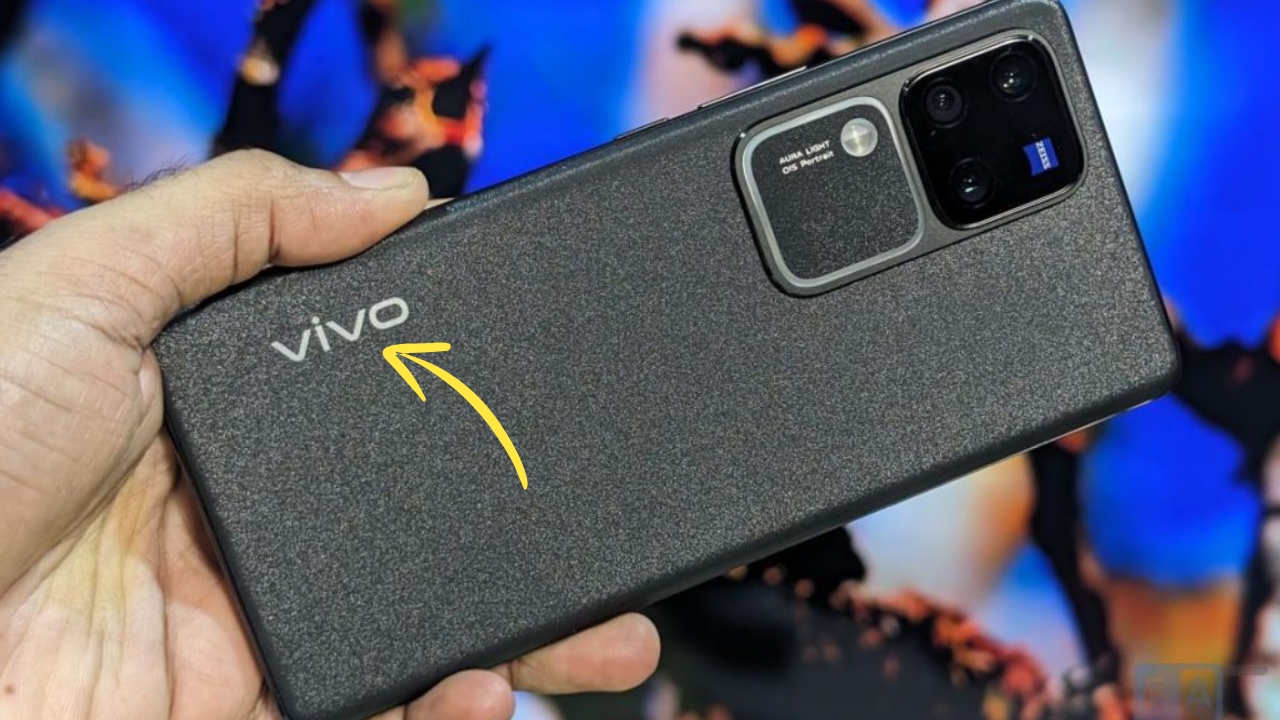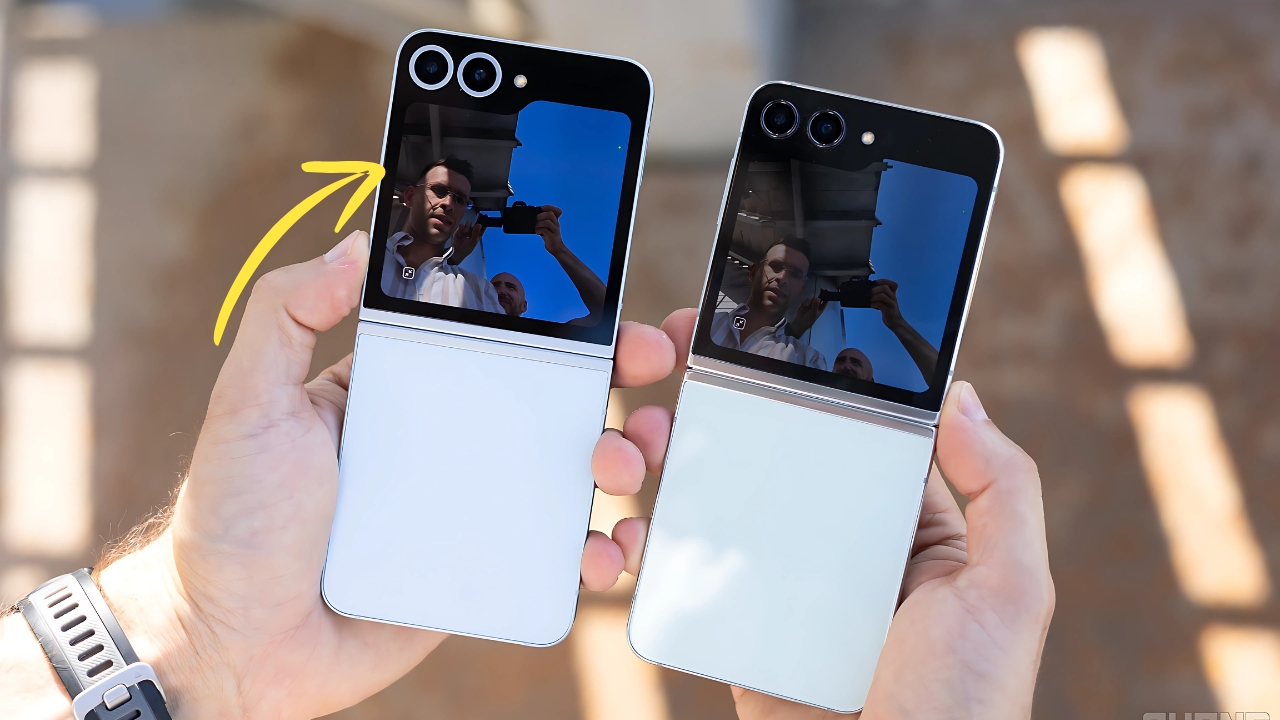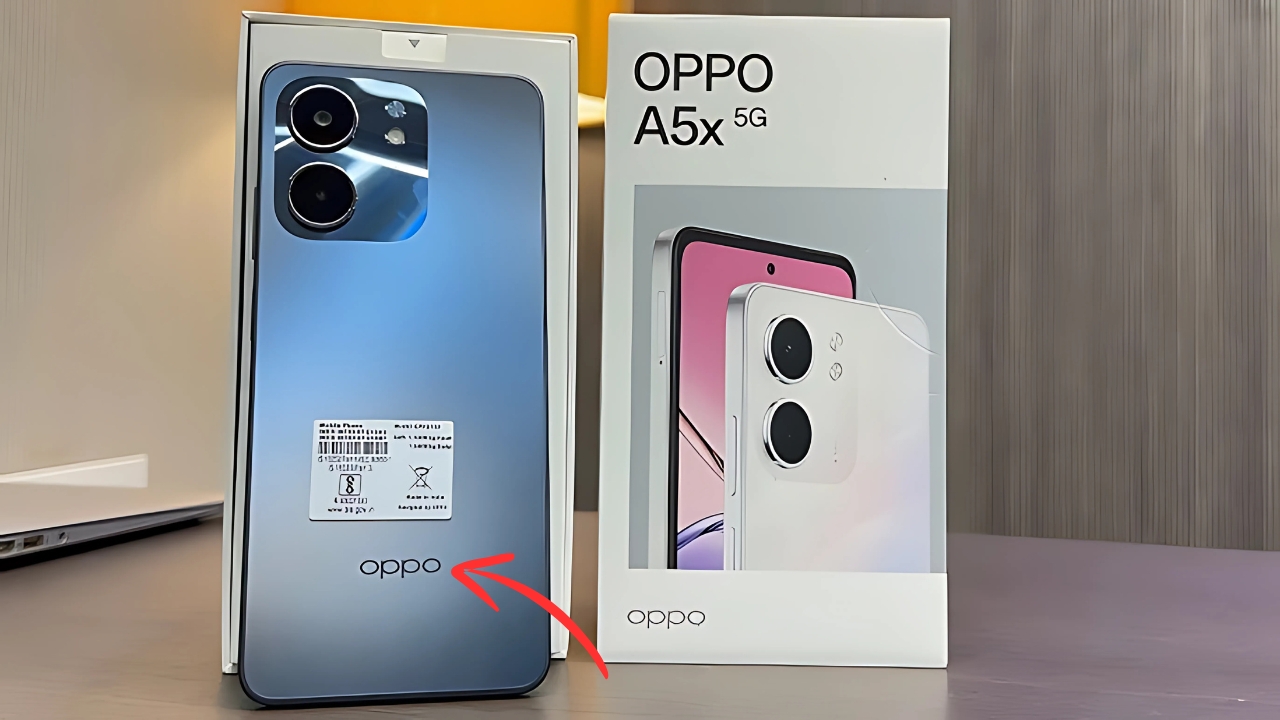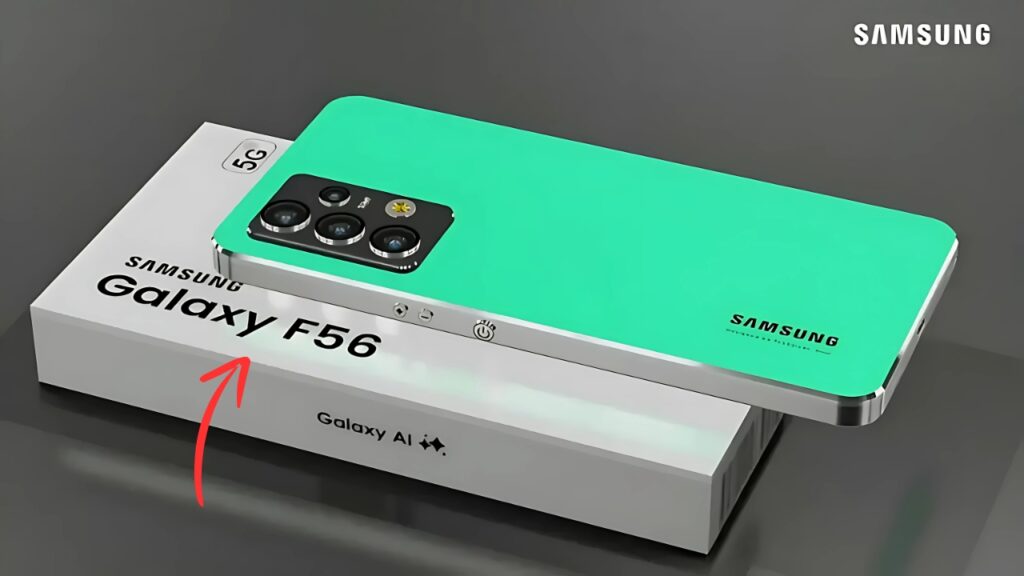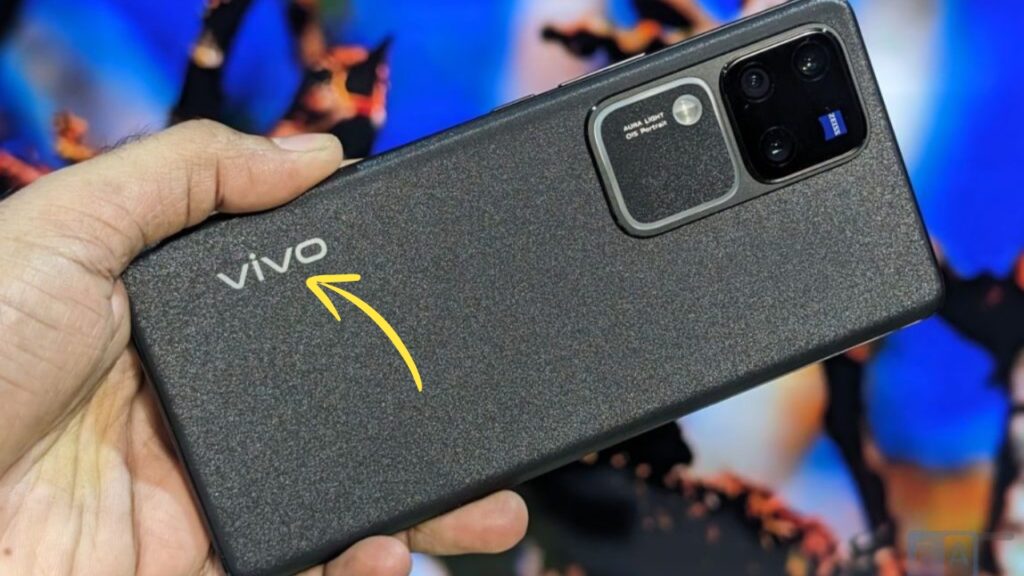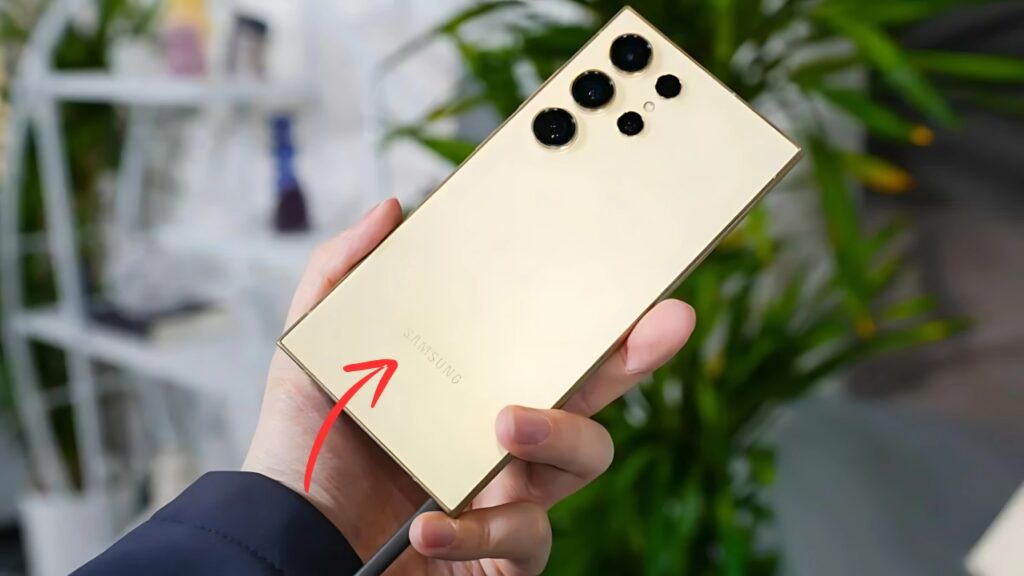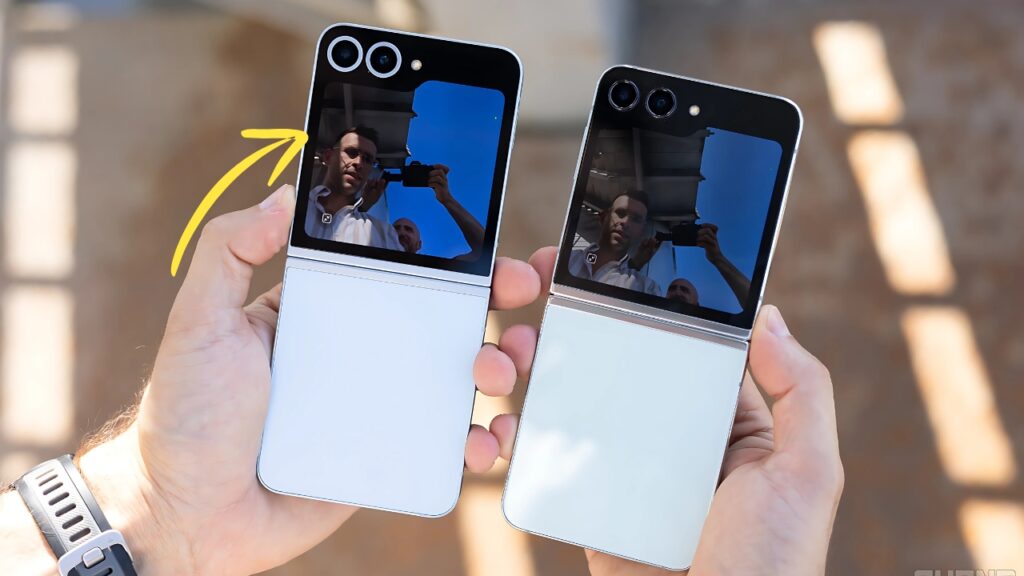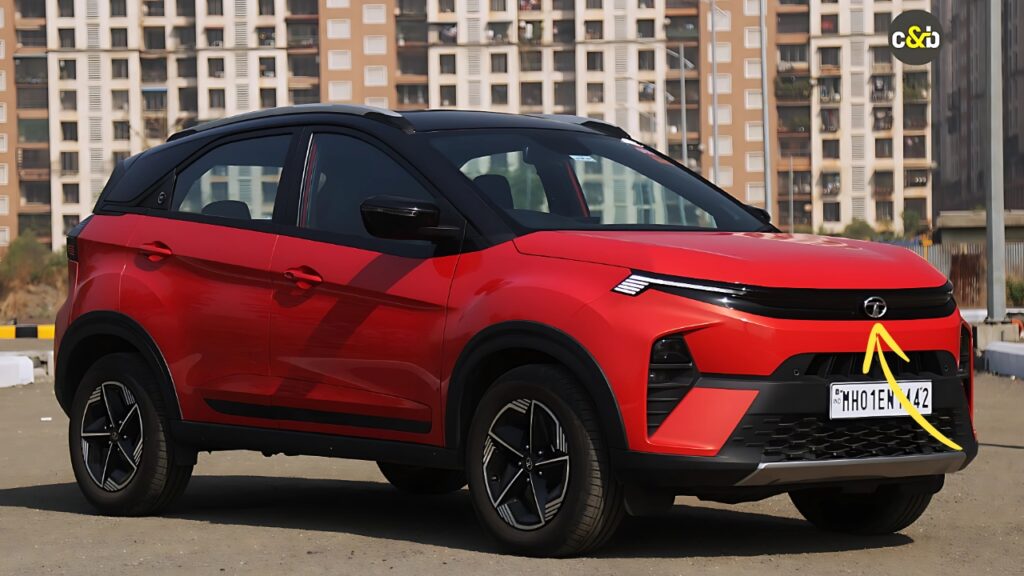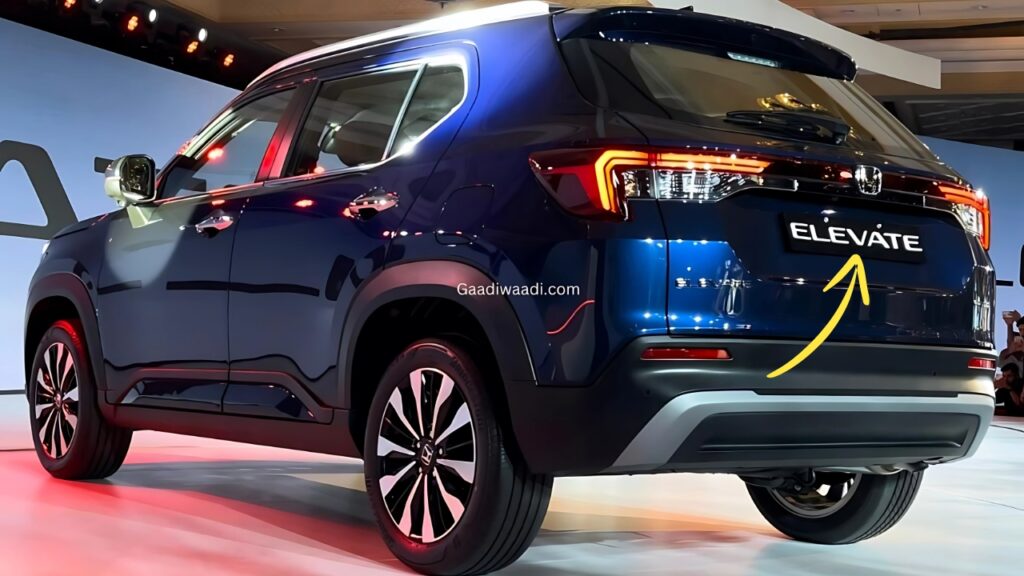Nokia Maze: The concept of a Nokia Maze represents an intriguing exploration of how smartphone design might evolve beyond conventional form factors and interaction models.
While not an actual commercial product, this conceptual approach demonstrates how manufacturers might reimagine mobile technology through innovative materials, interface paradigms, and user experience priorities.
Through thoughtful consideration of emerging technologies and evolving usage patterns, such concept devices provide valuable insight into potential future directions for mobile computing.
Nokia Maze: Conceptual Design Philosophy
The theoretical Nokia Maze would likely embrace a design language that balances innovative exploration with Nokia’s historical emphasis on durability and straightforward functionality.
Such a concept might feature a borderless display that extends across multiple surfaces, creating an immersive visual experience that transcends traditional front-facing screens.
This approach would acknowledge how smartphones have evolved from communication devices into primary interfaces for digital interaction.
Material exploration would feature prominently, potentially incorporating sustainable components like recycled plastics, bio-based polymers, and responsibly sourced metals.
These elements would align with growing consumer and regulatory emphasis on environmental responsibility while maintaining the structural integrity associated with Nokia’s brand heritage.
The physical form might explore modularity concepts, allowing component replacement or functional expansion through magnetic attachment systems or precision interlocking elements.
This approach would address growing concerns regarding electronic waste while providing practical customization options beyond aesthetic personalization.
Interface Innovation and Interaction Models
The interface paradigm for a Nokia Maze concept would likely move beyond conventional touchscreen interaction toward more intuitive and contextual models. Potential innovations might include:
-
Spatial gesture recognition that detects hand movements in three-dimensional space around the device, enabling interaction without direct contact
-
Advanced haptic feedback systems creating tactile responses that simulate physical buttons or textured surfaces on smooth glass
-
Context-aware interface elements that adapt based on user position, environmental conditions, and predicted intentions
-
Voice interaction refined through on-device processing that maintains privacy while delivering sophisticated natural language understanding
These interaction models would acknowledge how smartphone usage has evolved from deliberate, focused engagement toward more ambient and integrated presence throughout daily activities.
The interface would prioritize reducing cognitive load through predictive assistance rather than requiring explicit command sequences.
Technical Architecture Considerations
The underlying architecture of such a concept would likely prioritize processing efficiency and privacy protection through specialized silicon designed for artificial intelligence applications.
This approach would enable sophisticated on-device analysis without requiring constant cloud connectivity or compromising personal data security.
Energy management would receive particular attention, potentially incorporating multiple complementary technologies:
-
High-density solid-state batteries providing extended operation within minimal physical dimensions
-
Ambient energy harvesting from environmental sources like indoor lighting, body heat, or movement
-
Intelligent power management that prioritizes critical functions based on learned usage patterns
-
Rapid charging technologies that minimize downtime while preserving long-term battery health
Connectivity would extend beyond conventional cellular and Wi-Fi implementations to include emerging standards like ultra-wideband for precise spatial awareness and low-power mesh networking for efficient data exchange with nearby devices.
These capabilities would support more sophisticated integration with smart environments without compromising battery endurance.
Software Ecosystem and User Experience
The software approach would likely emphasize simplicity through intelligence rather than feature proliferation.
A theoretical Nokia Maze might implement a dynamic operating system that surfaces relevant capabilities contextually rather than presenting a static application grid requiring manual navigation.
Privacy protection would feature prominently, with transparent controls that make data handling practices immediately understandable without requiring technical expertise.
This approach would acknowledge growing consumer concerns regarding digital privacy while delivering personalized experiences through carefully bounded data utilization.
Application development would focus on capability modules rather than standalone experiences, allowing functional components to combine dynamically according to user requirements.
This model would reduce the cognitive overhead of application switching while enabling more natural task completion across traditional software boundaries.
Sensory Integration and Environmental Awareness
Advanced sensor arrays would provide comprehensive environmental understanding, potentially including:
-
Spatial mapping capabilities that create detailed three-dimensional models of surrounding environments
-
Material analysis through spectroscopic techniques identifying substances without physical contact
-
Atmospheric monitoring detecting air quality parameters and potential environmental hazards
-
Biometric sensing beyond conventional fingerprint or facial recognition to include gait analysis and physiological monitoring
These capabilities would transform the device from passive tool to active environmental interpreter, providing contextual information about surroundings without requiring explicit queries.
This approach acknowledges how smartphones increasingly mediate our understanding of physical spaces through augmented information layers.
Social Implications and Human Factors
The conceptual design would carefully consider how advanced mobile technology influences social dynamics and psychological well-being. Features might include:
-
Attention management systems that discourage excessive usage patterns through gentle interface modifications rather than punitive restrictions
-
Presence-aware notification handling that adapts interruption patterns based on social context and activity recognition
-
Shared experience capabilities enabling collaborative interaction without requiring individual device focus
-
Digital well-being tools integrated throughout the experience rather than isolated within dedicated applications
These considerations would acknowledge growing awareness regarding technology’s impact on mental health and social cohesion, aiming to enhance human connection rather than replacing it with digital alternatives.
Nokia Maze:
While the Nokia Maze exists only as a conceptual exploration rather than a commercial product, such forward-looking design exercises provide valuable perspective on how mobile technology might evolve beyond current paradigms.
By considering emerging technologies, changing usage patterns, and evolving social priorities, these concepts help manufacturers and consumers alike imagine potential futures rather than merely extrapolating from existing products.
The most valuable conceptual designs balance innovation with practicality, imagining capabilities that extend beyond current limitations while maintaining focus on fundamental human needs and practical constraints.
Whether or not specific elements reach commercial implementation, they contribute to the ongoing conversation about technology’s role in enhancing human capability while respecting individual agency and social well-being.
